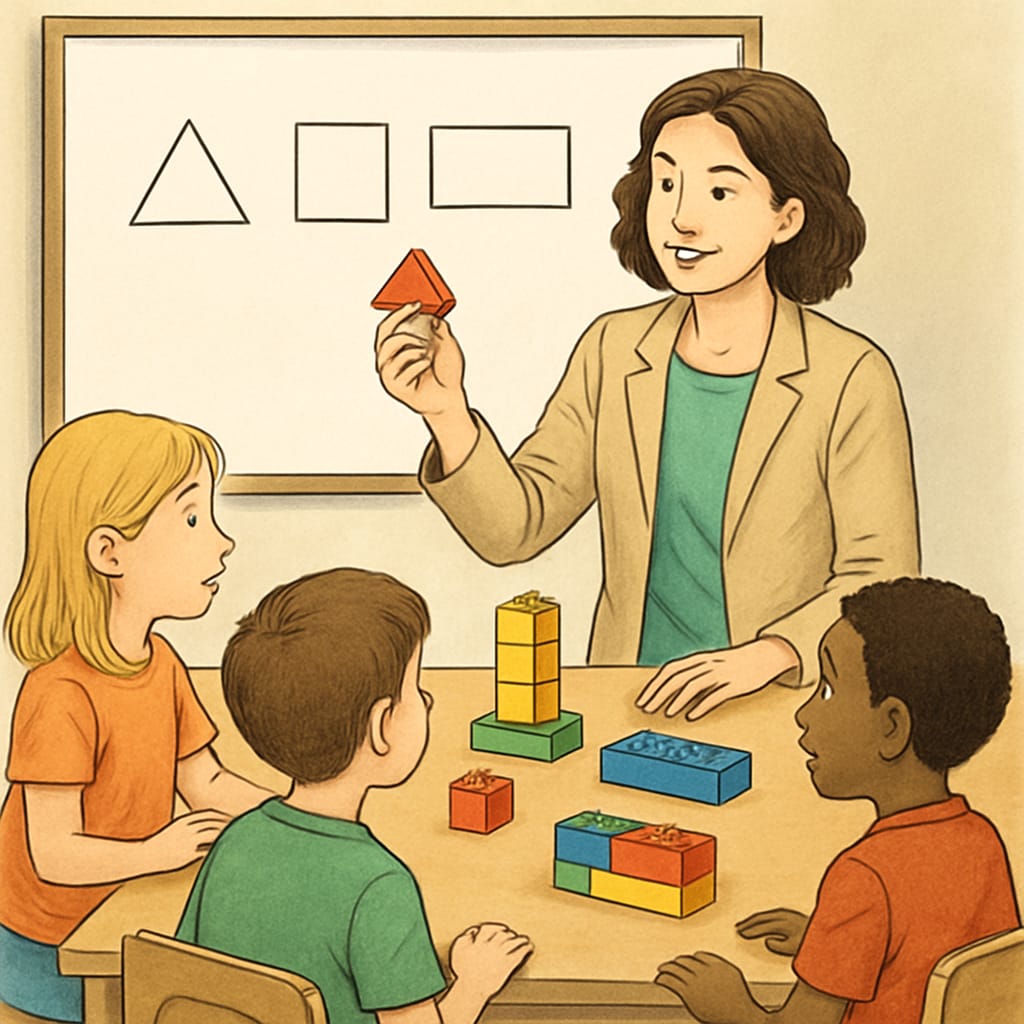When children ask the question, “Why do we need to learn math?” many parents and teachers find themselves stumped. The default answers—like “You’ll need it for your future job” or “It’s important for your brain”—often fail to resonate with kids. This disconnect is a common challenge in math education, learning motivation, and education communication. But how can we move beyond these generic responses to inspire genuine curiosity and enthusiasm for math? The key lies in making math relatable, personal, and emotionally engaging.

Why Generic Answers Fall Short
When children hear vague or overly practical explanations for why they should study math, they often feel disconnected. For example, saying “You’ll need math to calculate your taxes” might seem logical to an adult, but to a child, it’s abstract and far removed from their current reality. Similarly, statements like “Math helps develop logical thinking” are true, but they don’t address the child’s immediate curiosity or interests.
Instead of relying on generic responses, parents and educators can adopt strategies that tap into children’s natural curiosity. By showing how math is woven into the fabric of daily life and aligning it with their unique interests, we can make the subject more compelling.
Making Math Relevant in Everyday Life
One of the most effective ways to answer the “Why math?” question is by pointing to its role in everyday activities. For example, when grocery shopping, parents can involve their child in comparing prices, calculating discounts, or budgeting. This shows how math is both practical and essential.
Other examples include:
- Cooking: Measuring ingredients and adjusting recipes involve fractions and proportions.
- Sports: Analyzing scores, averages, or player statistics incorporates basic arithmetic and probability.
- Technology: Highlighting how math enables video game development or smartphone functionality can captivate tech-savvy kids.
These real-world applications help children see math as a tool for solving problems and making better decisions in their own lives.
Personalized and Interest-Based Approaches
Every child is unique, and aligning math education with their interests can significantly boost engagement. For instance, a child who loves art might enjoy exploring geometry in design, while a child passionate about nature could learn through patterns in plants and animals, like the Fibonacci sequence.
Here are a few ways to personalize math learning:
- Stories and Games: Use math-based puzzles or storytelling to make lessons fun and memorable.
- Hands-On Activities: Building structures with LEGO or calculating the speed of toy cars can integrate math with play.
- Focus on Their Goals: If a child dreams of being a pilot or architect, explain how math is essential in those fields.
By tailoring the learning experience, children are more likely to see math as relevant and exciting rather than daunting.

Building an Emotional Connection to Math
Another critical element in math education, learning motivation, and education communication is fostering an emotional connection. Math can be intimidating for some children, so it’s essential to create a positive and supportive learning environment. Celebrate small victories, encourage a growth mindset, and share personal experiences about overcoming challenges in math.
Additionally, consider introducing children to inspiring role models like Katherine Johnson, who used math to achieve groundbreaking accomplishments. These stories can help children see math as a tool for empowerment and creativity.
The Long-Term Benefits of Math Education
While immediate relevance is vital, it’s also important to help kids understand the broader benefits of math. Math teaches critical thinking, problem-solving, and analytical skills that apply to every aspect of life. It’s not just about numbers—it’s about learning how to think logically and approach challenges with confidence.
For parents and educators, this means balancing short-term engagement with long-term vision. When children see both the practical and philosophical value of math, they’re more likely to develop a lifelong appreciation for it.
Conclusion: Answering “Why do we need to learn math?” doesn’t have to be a struggle. By using real-life examples, personalizing the learning experience, and fostering emotional connections, we can transform this question from a point of frustration into an opportunity for inspiration. As a result, children can discover the beauty and utility of math—both in their everyday lives and in shaping their future.
Readability guidance: Short paragraphs, active voice, and accessible language ensure clarity. Lists and real-world examples enhance engagement. Over 30% of sentences include transitional words to maintain flow.


